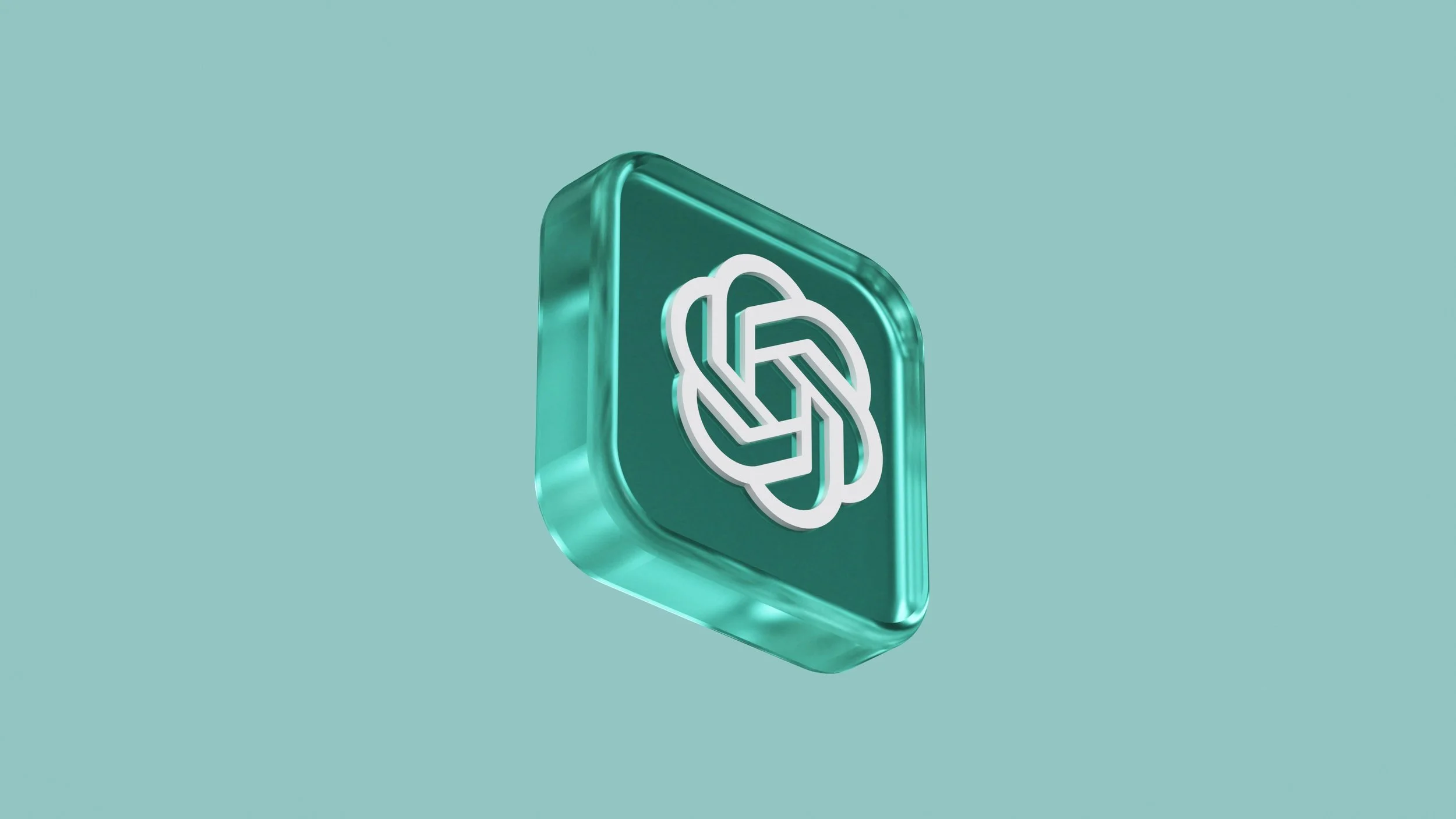Chapman scientists discover ways to utilize artificial intelligence to create new drugs
With the help of AI programs like ChatGPT, Chapman scientists were able to develop a program to create drug candidates for multiple diseases. Photo courtesy of Unsplash
Artificial intelligence (AI) programs have seen a rise in popularity over the past few years to help people with tasks, such as answering questions on endless topics. Now, Chapman scientists are using similar principles to those of the AI program ChatGPT to help them design new medicine.
To make new synthetic drugs in the present day, advanced technology is used to make sure that the correct properties and characteristics are used. This is known as “de novo drug design,” and it is a process that can be very expensive and time-consuming, according to the National Library of Medicine.
Dony Ang is a fourth-year Ph.D. candidate at Chapman majoring in the computational data science program. Ang was the principal investigator for this research, put the program together and explained how he thought of the idea.
“The research was born when I was playing around with ChatGPT and tried to learn the mechanics behind it. There was a sudden thought that came to my mind: ‘Wouldn’t it be cool if we could just put our DNA and protein sequences of the disease that we’re suffering from into something like ChatGPT, and it could generate the most effective medications for us almost instantly?’”
A Feb. 7 university press release detailed how this kind of research is highly beneficial to the scientific community.
“The end result can generate countless unique molecular structures that follow essential chemical and biological constraints and effectively bind to their targets — promising to vastly accelerate the process of identifying viable drug candidates for a wide range of diseases at a fraction of the cost,” the press release stated.
With the help of fellow Chapman scientists Hagop S. Atamian and Cyril Rakovski, they created their own generative AI model called drugAI, which is an AI program that can create novel drugs at a higher speed and accuracy within a few hours on a laptop.
They explained their research in a paper published Jan. 27 titled “De Novo Drug Design using Transformer-based Machine Translation and Reinforcement Learning of Adaptive Monte-Carlo Tree Search,” which was submitted to the science journal Pharmaceuticals.
This is not the only instance of AI being used to help aid scientific research; in the wake of the COVID-19 pandemic, the scientific community has increasingly turned to AI as a tool to help become more prepared for future potential outbreaks.
Atamian, an assistant professor in biological sciences at Chapman, was approached by Ang to help aid him in his research on drug design using AI. He explained more about the goal of the research that they conducted.
“The goal was to learn from the remarkable success of language models like ChatGPT and adapt these same principles that make ChatGPT so powerful and apply them to drug design, with the ultimate aim of combating diseases.”
Atamian continued: “Instead of using the power of ChatGPT to think by itself and generate an intelligent answer to your question, we use a similar approach to make drugAI, our algorithm, think by itself and create effective molecules as potential drugs against diseases. Yet, achieving this monumental task was no small feat. It needed the curiosity, programming skills and problem-solving ability of a brilliant PhD student like Dony Ang, with many years of industry experience, to bring it to fruition.”
Atamian also shared how the experience of being a faculty member at the school and aiding with Ang’s research has been very rewarding.
“What I love about my job as a faculty member is the freedom to explore novel ideas and push the boundaries. This allows me to continually learn and evolve as a researcher by engaging in fruitful collaborations with my colleagues and students,” Atamian told The Panther. “Participating in such high-risk, high-reward research projects gives me the thrill and keeps me on the edge –– often teetering between success and loss of control –– fueling my passion for making valuable scientific discoveries.”

